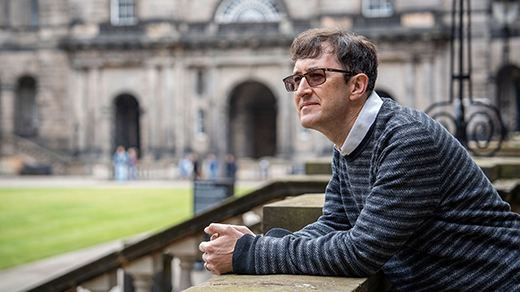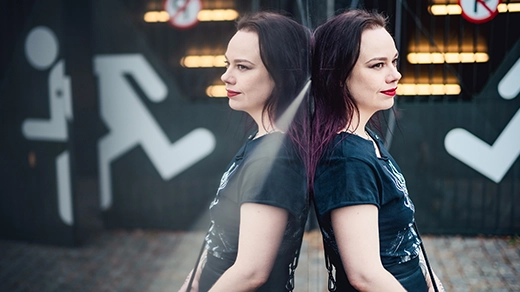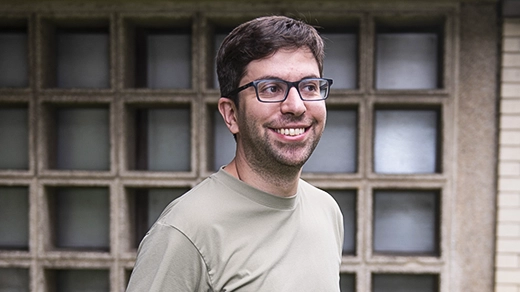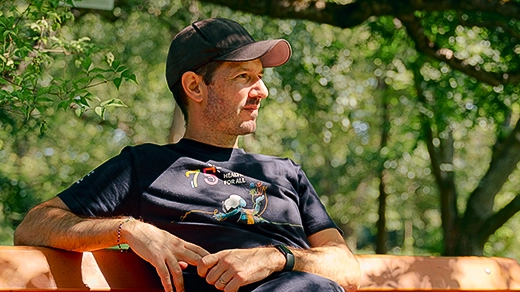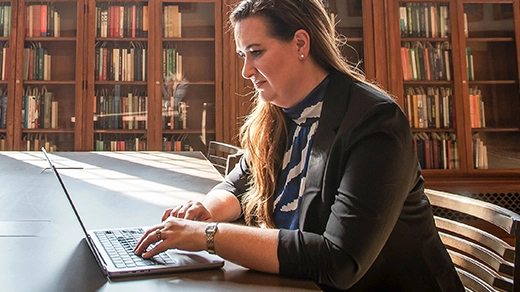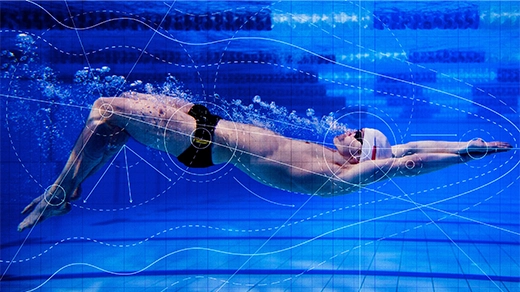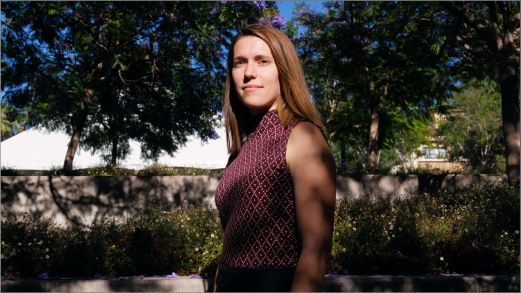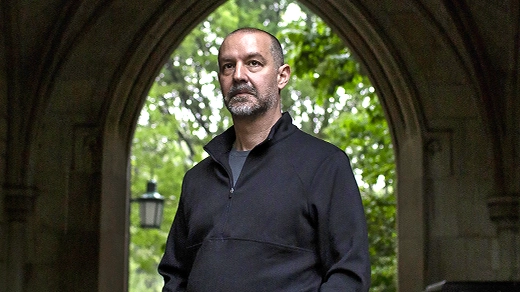What's up in
Q&A
Latest Articles
The Computer Scientist Who Builds Big Pictures From Small Details
To better understand machine learning algorithms, Lenka Zdeborová treats them like physical materials.
Can Space-Time Be Saved?
Curious connections between physics and math suggest to Latham Boyle that space-time may survive the jump to the next theory of reality.
The Logic That Must Lie Behind a New Physics
The philosopher Karen Crowther digs into how the space-time fabric could possibly emerge from something non-spatiotemporal.
Perplexing the Web, One Probability Puzzle at a Time
The mathematician Daniel Litt has driven social media users to distraction with a series of simple-seeming but counterintuitive probability puzzles.
The Viral Paleontologist Who Unearths Pathogens’ Deep Histories
Sébastien Calvignac-Spencer searches museum jars for genetic traces of flu, measles and other viruses. Their evolutionary stories can help treat modern outbreaks and prepare for future ones.
With ‘Digital Twins,’ The Doctor Will See You Now
By creating digital twins of patients, Amanda Randles wants to bring unprecedented precision to medical forecasts.
How America’s Fastest Swimmers Use Math to Win Gold
Number theorist Ken Ono is teaching Olympians to swim more efficiently.
Tracing the Hidden Hand of Magnetism in the Galaxy
Susan Clark is helping to unravel the mysterious workings of the Milky Way’s magnetic field, a critical missing piece of the galactic puzzle.
How Failure Has Made Mathematics Stronger
The topologist Danny Calegari discusses the inevitability of disappointment in math, and how to learn from it.

